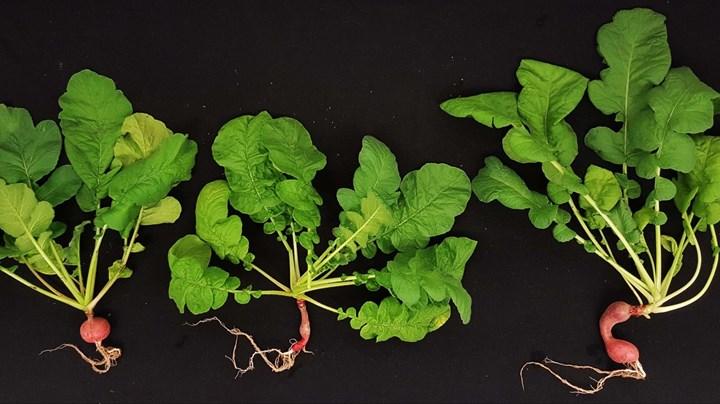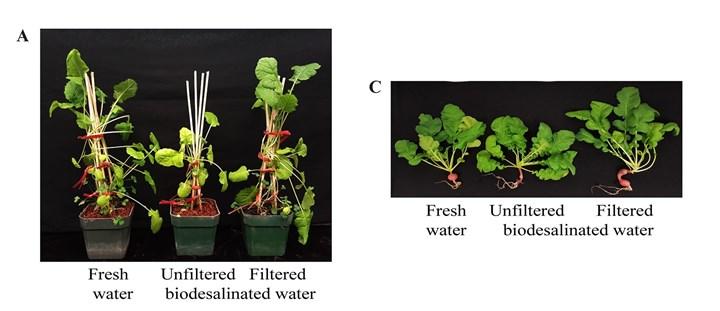
The big question that lies at the heart of dreams, such as long-term Mars missions and settlement there, is slowly being resolved. The question of whether plants can grow on Martian soil has become more popular with the movie The Martian, and it has now been revealed that the barren planet can actually give us crops under the right conditions.
The first plant to grow on Mars: Clover
As a result of a new study by scientists from Iowa State University in the USA, it has been revealed that plants and plants can be grown in the soil of Mars. As a result of the research, the first plant to be grown on Mars was clover.
In the research published in the journal Plos One, it is emphasized that it is very important to increase the nutrient content of the Martian soil and to purify the frozen or liquid salt water on Mars for long-term missions.

Clover can be used as fertilizer on Mars
Experiments on simulated Martian soil samples found that clover can grow as healthy on Mars as it does on Earth, without the need for additional fertilizer. However, it has been observed that when the alfalfa plant to be grown on Mars is used as fertilizer, turnip, radish and lettuce plants can also be grown successfully.
Martian soil is mostly composed of basaltic dust (weathered volcanic rock). Volcanic regions on Earth are nutrient-dense, and similar nutrients are thought to be found in the soil of volcanic regions on Mars. However, there is a lack of organic carbon in Martian soil. Therefore, Martian soil does not retain water well enough and does not contain enough nutrients to grow calorie-dense crops.

So yes, although it is possible to grow some plants without much support, fertilizers are needed to grow nutrient-rich plants. In the study, they used alfalfa grown in fertilizing for turnip, radish and lettuce plants that need more nutrients. The research also discovered that grown plants and vegetables provide fewer calories than on Earth.
It is important to use Martian water
Another problem with growing crops on Mars is the presence of water underground in frozen or salty reservoirs at the planet’s poles. In the same study, they found that simulated salty Martian water could be purified using marine bacteria, and it was possible to produce fresh water using volcanic rocks as filters. On the other hand, there is another issue that needs attention. Although we have some data, we do not know how similar the simulated Martian soil created on Earth is to the real one.